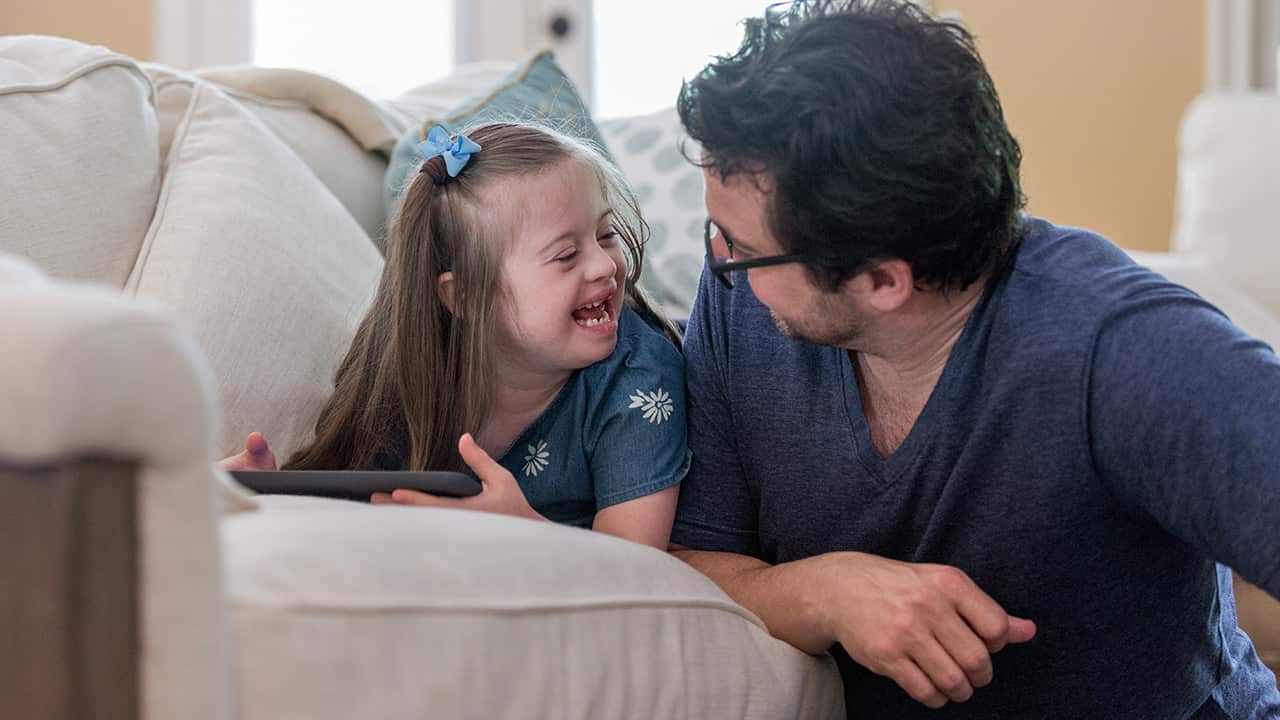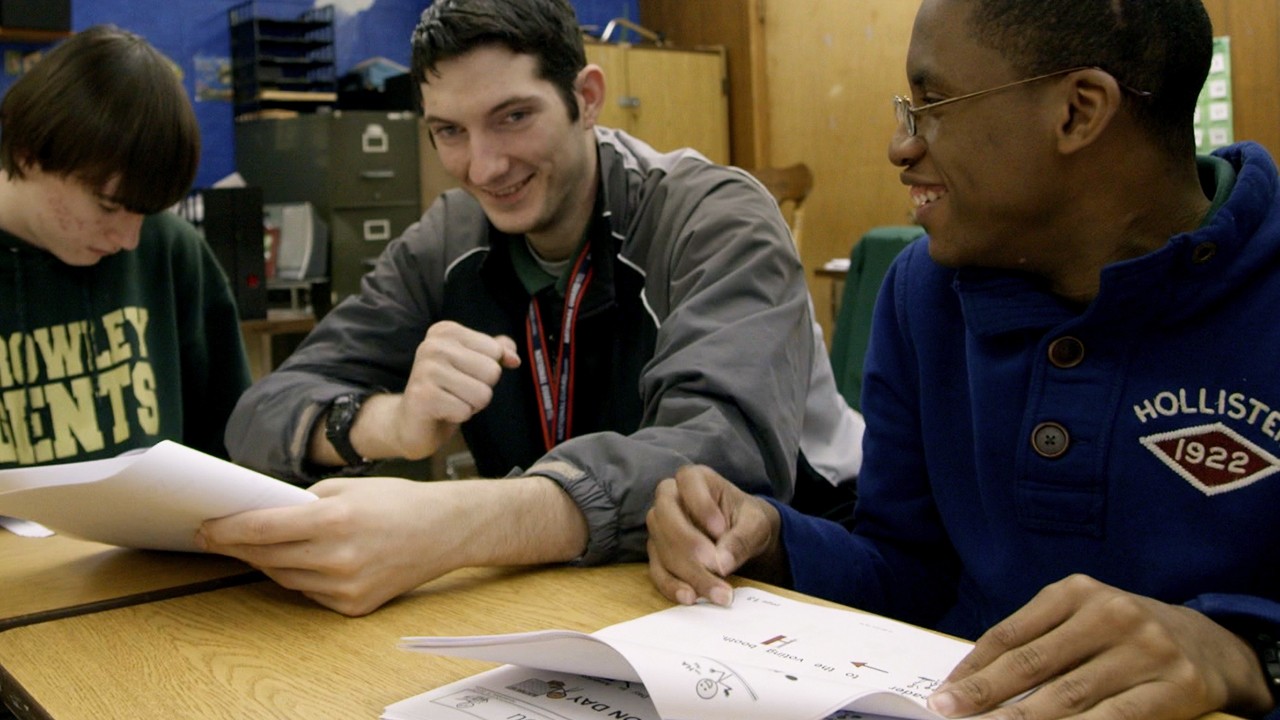1. Twitter

Twitter is a versatile tool to connect your students to the world, your community, your school and, most importantly, their families! I make sure that my students’ parents and caregivers are aware that I’m on Twitter and that they know how to follow me. I’ve even taken the time during parent/teacher conferences to help a parent sign up for Twitter and show them how it works.
I try to stay active on Twitter by posting pictures and videos of different lessons and activities that I do with my students. This gives their families an inside look at my classroom, and they can see their child having fun and working hard in school. This can also help spark conversations at home among students and their families because they saw what their child did at school that day.
2. Weekly Newsletters

I like to send a newsletter to my students’ families each week, but you can do so with any frequency that works best for you. At the beginning of each month, I will explain what the topic of our unit will be and name some activities we will be doing. Each newsletter starts with a welcoming message followed by a brief summary of what we will be working on in class that week. I’ll ask families to think of ways to create connections at home to what we are learning in school and to give me any information that may help me create connections at school. I also mention any important activities that are coming up that week, such as assemblies, conferences, days off, etc.
The second section of my newsletter is a bulleted list of the activities we completed in class the previous week. The third section tells families what news article we are reading that week and any breaking news stories we read the previous week. I end the newsletter with a list of important dates that are coming up.
It’s a good idea to attach pictures to your newsletters to help families visualize their child’s experiences. If you have a subscription to News‑2‑You, then you can create a newsletter that is symbol supported. You can also include useful information such as forms for recreational activities.
3. Student-Created Newspapers

A feature I really like in News-2-You is Class News, which guides students in creating a personalized class newspaper detailing their school activities to share with their families—a great way to strengthen the school-to-home connection. Not only does Class News build writing skills, it further engages students in the weekly content in News-2-You and helps spark meaningful conversation with family and friends about current events. This, in turn, serves to build the students’ sense of pride and inclusion in their community. Parents and caregivers appreciate that the high-interest content in News-2-You broadens their children’s interests and horizons, even leading to career exploration!
4. Phone Calls
(on Good Days Too!)

It’s easy to decide to call home on a day that was particularly challenging for one of our students, but it is important to make sure that we call home to celebrate successes as well! The last thing we want is for our students’ families to see our number on their phone and automatically expect a negative call. Take the time to call home to let families know when a student did a kind act, was helpful, worked hard, etc. This is a great way to connect with families and build a friendly working relationship.
Unfortunately, sometimes we’re going to have to call home to share negative information. When I have to do that, I like to sandwich the negative between two positives. With this approach, I begin the conversation with a positive comment, make my comments on any difficulties and then end on a positive. I do my best to end every phone call on a positive note and to make sure families know that they’re supported and part of a team.
5. Supporting Extracurricular Activities

I enjoy making a point to support my students in their hobbies outside of the classroom. My district has an inclusive cheerleading program where many of my current and former students get to cheer at varsity football and basketball games. I go to at least a couple of games each season to see them. They’re always very excited to see me, and I make a big deal about them doing their thing!
This also allows me to see families outside of the academic setting, and we can have more informal conversations for a more personal interaction than when we’re talking business at school. I ask parents and caregivers to send me any information on activities their child will be doing outside of school, such as sports, plays and performances, and I try to go to as many as I can.
Whether you use any of the methods I use or different ones, the goal is the same: Strengthening the school-to-home connection for improved communication and teamwork with families. Stronger teams mean stronger support for our students, who stand to benefit the most from our efforts.



